
Nature/ Environment
1. Describing Animals becoming extinct: Die out/ Endangered/ On the brink of extinction/ To go extinct/ To be extinct/ eradicate/ Wipe out
Meaning:
‘Go extinct and ‘die out‘ means that to become less common and finally stop existing. ‘Wipe out‘ means ‘to eliminate completely‘ ‘Endangered‘ means there is a risk of animals/ plants dying out. Being ‘on the brink of extinction’ means the animals or plants are very nearly extinct. ‘Eradicate’ means to kill or destroy.
Examples:
It’s so sad that poachers have wiped out western black rhinos.
Call me selfish, but I’m perfectly happy that the dinosaurs were wiped out!
One of my favourite animals is the snow leopard. I heard that they are at risk of dying out!
I don’t think people realise how many species of animals go extinct every day. I think it’s something like 150-200 plant and animal species being eradicated every day.
Vaquitas are on the brink of extinction. There are less than 20 left! I’d say they’ll be extinct within our life time.


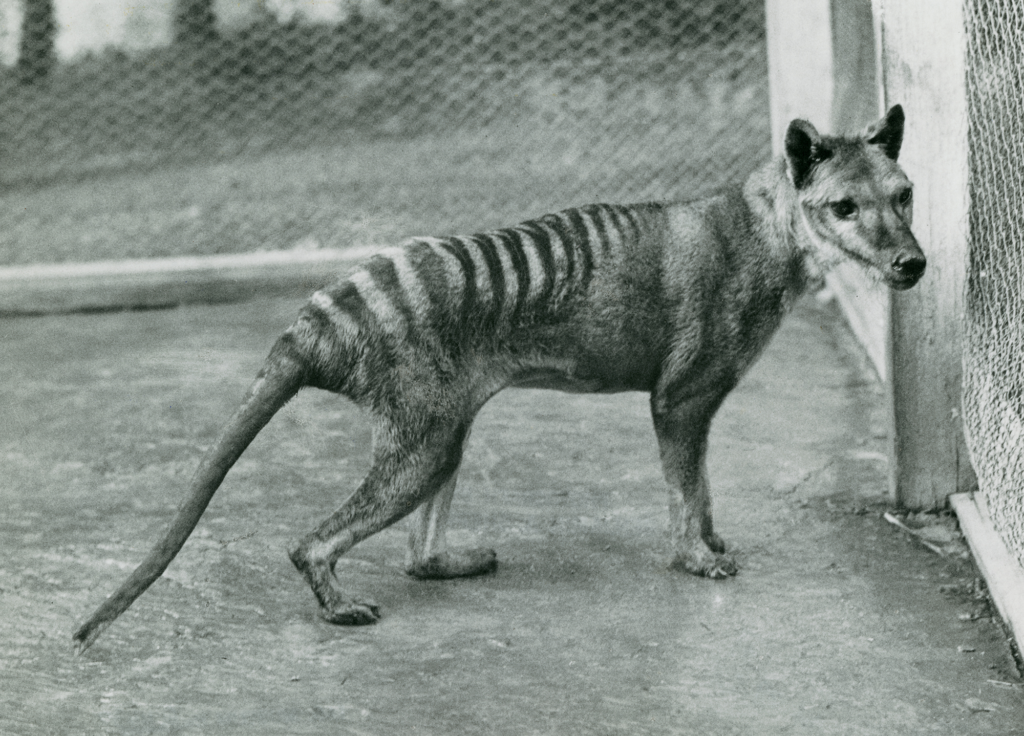

2. General Environmental Terms: Global Warming/ Environmental impact/ Carbon Footprint/ Habitat loss/ Sustainability/ Ecosystem/ Biodiversity/ Conservation/ Natural resources/ Renewable and Non-renewable energy

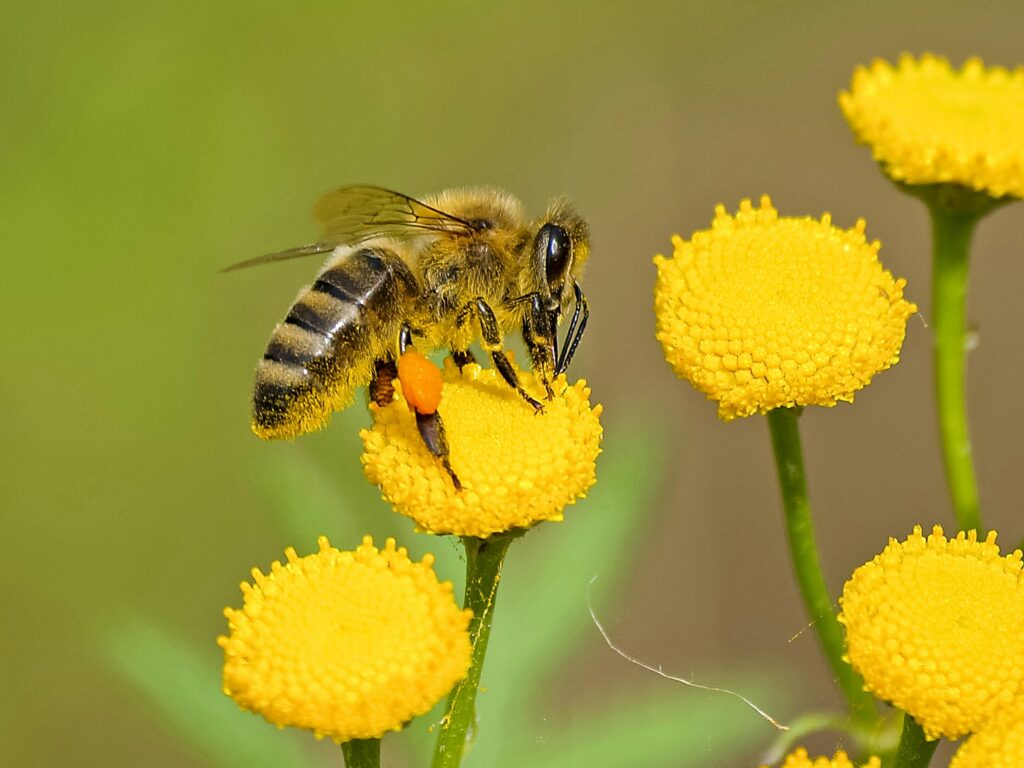
Meaning:
Global Warming – The rise in Earth’s average temperature due to greenhouse gas emissions.
Environmental Impact – The effect something has on the natural world.
Carbon Footprint – The total amount of greenhouse gases a person, product, or activity produces.
Habitat Loss – When natural environments are destroyed, making them unlivable for wildlife.
Sustainability – Using resources in a way that doesn’t harm future generations.
Ecosystem – A community of living things interacting with their environment.
Biodiversity – The variety of plant and animal life in an area.
Conservation – Protecting nature and wildlife from harm or loss.
Natural Resources – Materials from nature that humans use (like water, wood, or oil).
Renewable Energy – Energy from sources that naturally refill (like sun, wind, or water).
Non-renewable Energy – Energy from sources that can run out (like coal, oil, or gas).
Examples:
Global warming is why summers are getting hotter each year.
That factory has a big environmental impact on the local river.
I’m trying to lower my carbon footprint by cycling to work.
Deforestation causes habitat loss for animals like orangutans.
Using a reusable water bottle is a small step toward sustainability.
Pollution can throw the whole ocean ecosystem out of balance.
The rainforest has incredible biodiversity – so many species live there!
She volunteers with a group focused on wildlife conservation.
We need to protect our natural resources like clean water and forests.
This house runs on renewable energy from solar panels.
Coal is a type of non-renewable energy that will eventually run out.
3. Describing Pollution: Air pollution/ Water pollution/ Land pollution/ Noise pollution/ Light pollution/ Toxic waste/ Contaminants/ Emissions/ Greenhouse gases/ Smog/ Acid rain/ Oil spill/ Micro-plastics/ E-waste/ Runoff
Meaning:
Air Pollution – Harmful gases or particles in the air we breathe.
Water Pollution – Contamination of rivers, lakes, or oceans with harmful substances.
Land Pollution – Damage to the land from waste, chemicals, or litter.
Noise Pollution – Excessive or disturbing sounds that affect people or animals.
Light Pollution – Too much artificial light that affects wildlife and blocks our view of stars.
Toxic Waste – Dangerous waste that can harm people, animals, or the environment.
Contaminants – Harmful substances that pollute air, water, or soil.
Emissions – Gases released into the air, often from vehicles or factories.
Greenhouse Gases (CO₂, methane, nitrous oxide) – Gases that trap heat in the atmosphere, causing global warming.
Smog – Thick, dirty air made of smoke and fog, often found in cities.
Acid Rain – Rain made acidic by air pollution, which can damage plants and buildings.
Oil Spill – A leak of oil into the sea or other water, harming marine life.
Microplastics – Tiny plastic pieces that pollute water and can be eaten by animals.
E-waste – Discarded electronic items like phones, laptops, and TVs.
Runoff (e.g., agricultural runoff) – Water that carries chemicals or waste from land into rivers or lakes.
Examples:
The city had a warning today because of high air pollution.
Factories dumping waste caused serious water pollution in the lake.
All that littering is leading to land pollution in the park.
The constant traffic outside causes a lot of noise pollution.
You can’t see the stars here because of light pollution.
The plant was fined for dumping toxic waste illegally.
They found harmful contaminants in the drinking water.
Car emissions contribute to global warming.
CO₂ is one of the main greenhouse gases heating up the planet.
The smog was so thick you could barely see the skyline.
Acid rain damaged the trees in the forest.
The oil spill killed many fish and seabirds.
Scientists found micro-plastics in bottled water.
We recycled our old phones to reduce e-waste.
Fertiliser runoff from farms is polluting nearby rivers.


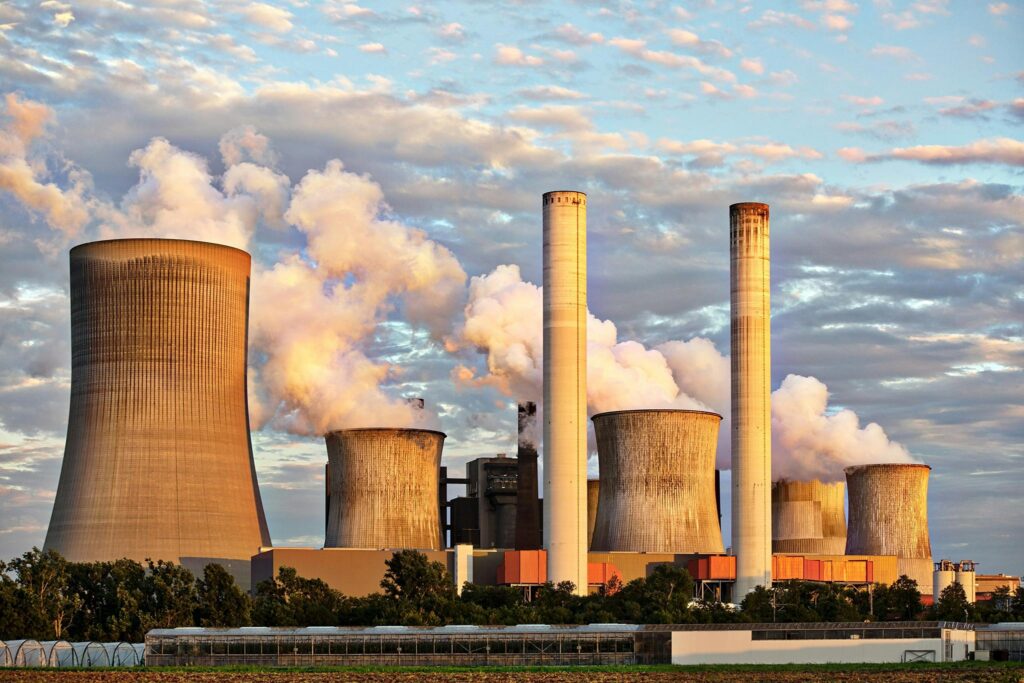
4. Describing Wildlife conservation: Protect endangered species/ Preserve natural habitats/ Conserve biodiversity/ Combat poaching/ Wildlife conservation efforts/ Illegal wildlife trade/ Raise awareness about conservation/ Habitat destruction/ Conservation programs/ Environmental protection laws/ captivity/ Reintroduce animals into the wild/ Sustainable practices/ Deforestation
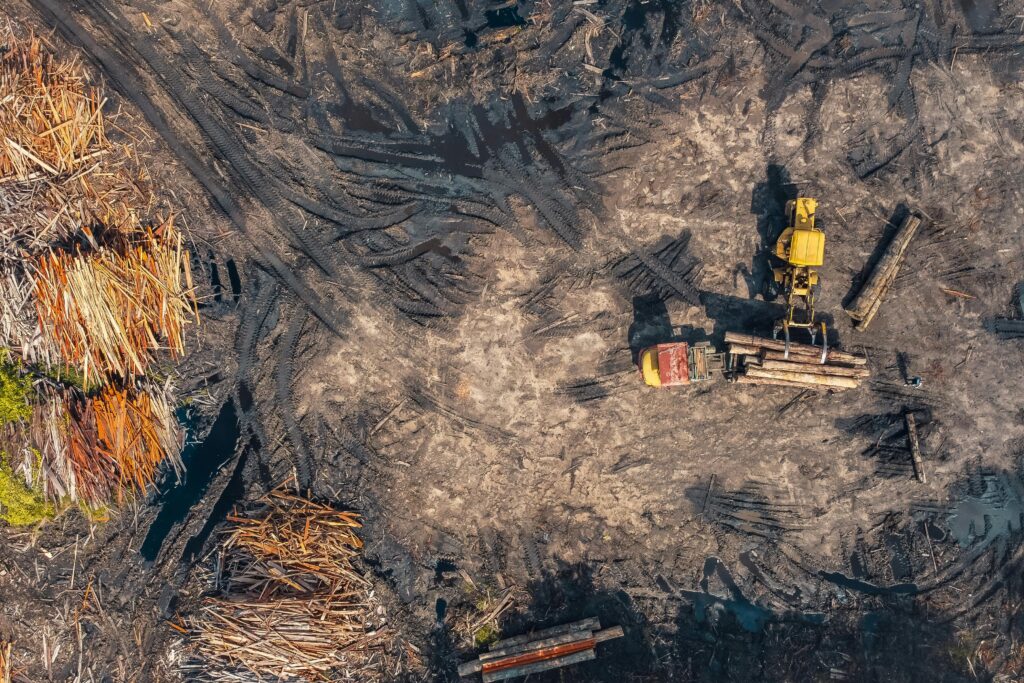

Meaning:
Protect Endangered Species – Safeguarding animals at risk of extinction.
Preserve Natural Habitats – Keeping wildlife environments intact and safe.
Conserve Biodiversity – Maintaining a variety of species in an ecosystem.
Combat Poaching – Fighting against illegal hunting of animals.
Wildlife Conservation Efforts – Actions taken to protect animals and their habitats.
Illegal Wildlife Trade – The illegal buying and selling of animals or animal products.
Raise Awareness About Conservation – Educating people on the importance of protecting nature.
Habitat Destruction – The damaging or removal of natural habitats where animals live.
Conservation Programs – Planned activities aimed at protecting wildlife and nature.
Environmental Protection Laws – Rules and regulations that protect the environment.
Captivity – Keeping animals in confined spaces like zoos or reserves.
Reintroduce Animals into the Wild – Releasing animals back into their natural habitat.
Sustainable Practices – Actions that use resources responsibly and protect the environment.
Deforestation – The clearing or removal of forests, often for development.
Examples:
Conservationists work hard to protect endangered species like the tiger.
We need to preserve natural habitats to ensure animals have a safe place to live.
Conserving biodiversity is vital for maintaining balanced ecosystems.
Authorities have taken serious steps to combat poaching in national parks.
Wildlife conservation efforts have helped increase the population of endangered rhinos.
The illegal wildlife trade threatens the survival of many species worldwide.
Social media campaigns aim to raise awareness about conservation issues.
Urban development is a major cause of habitat destruction for many species.
There are many conservation programs working to save the polar bear from extinction.
Environmental protection laws help prevent pollution and protect wildlife.
Some animals live in captivity, where they are cared for and studied by scientists.
After years in captivity, they reintroduced the elephants into the wild.
Farmers are adopting sustainable practices to protect the environment and reduce waste.
Deforestation in the Amazon rainforest is a growing concern for the planet’s health.
5. Describing How to protect the environment/Nature: Impose stricter laws/ Run awareness campaigns/ Investing in Eco-friendly projects/ Supporting sustainable companies/ Promote eco-friendly tourism/ Protect and maintain natural beauty spots
Meaning:
Impose stricter laws – Create and enforce tougher rules to protect nature.
Run awareness campaigns – Share info to help people understand and care about the environment.
Investing in eco-friendly projects – Put money into ideas that help the planet.
Supporting sustainable companies – Buy from businesses that protect the environment.
Promote eco-friendly tourism – Encourage travel that doesn’t harm nature.
Protect and maintain natural beauty spots – Take care of scenic places so they stay clean and safe.
Examples:
The government decided to impose stricter laws to stop illegal logging.
They ran awareness campaigns to teach people about plastic pollution.
The company is investing in eco-friendly projects like solar farms.
More people are supporting sustainable companies that use less packaging.
The park promotes eco-friendly tourism by limiting car access and offering bike rentals.
Volunteers help protect and maintain natural beauty spots by cleaning up litter and planting trees.

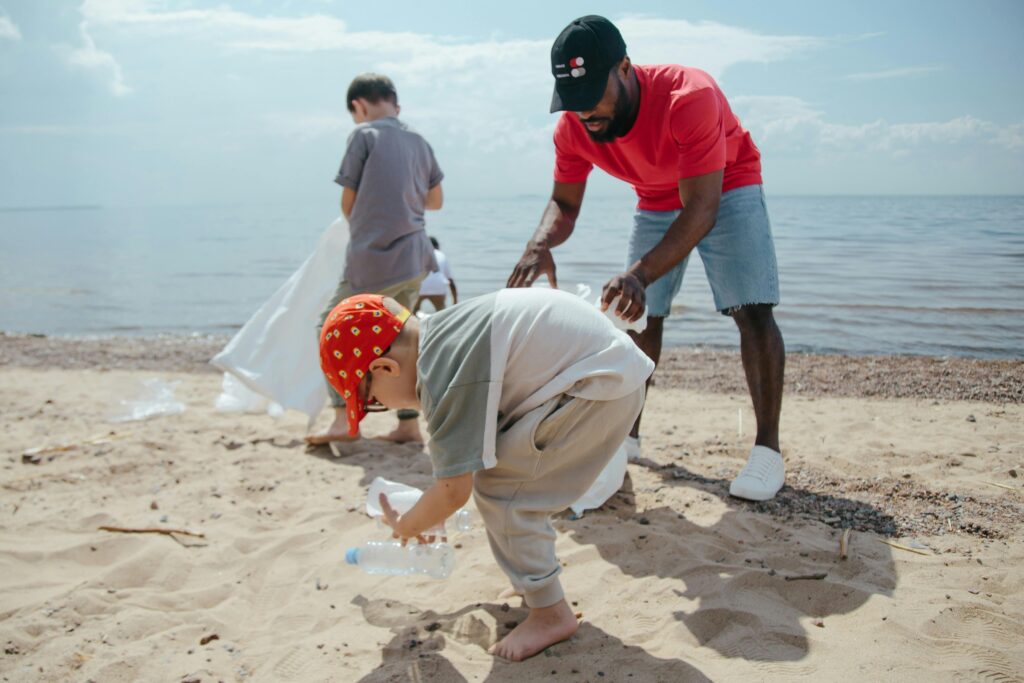
Examiner: Do you like animals? Do you have a favourite animal? (which one and why?)
Student: Absolutely, who doesn’t love animals?! My absolute favourite animal is the jaguar. I just love how they’re so fearless and strong! I mean, they jump off big river banks into murky waters, catch a caiman and drag it up all in a couple of minutes! And they don’t seem to care that the caiman have super sharp teeth and could really do them some serious damage!
Examiner: What are some natural spots in your country you like?
Student: Oh well let me see! I’d say the most famous is the Giant’s Causeway, which is an incredible natural rock formation on the coast… it’s caused by a volcanic eruption millions of years ago. I love hosting friends and taking them up there for the day. Usually we grab an Irish coffee to go, walk around, take a few pictures and then get some good grub afterwards!
Examiner: Are there any natural places you would like to visit in the future?
Student: I’d personally love to see Lauterbrunnen Valley in Switzerland, which is this magical looking valley with cliffs, waterfalls and green fields. The whole place looks like it’s been preserved really well as it still has simple wooden chalets and plenty of agricultural land around. It just looks like Utopia to me!
Examiner: Do you think there are any environmental problems in your country?
Student: Yea for sure. I think the biggest issue we have here is with our biggest lake, Lough Neagh. It’s become a serious environmental crisis because of a toxic algae that has multiplied like crazy.. it’s not only a threat to the wildlife but to our drinking water, because it supplies 40% of the country’s water! And it’s all come about because of a number of different issues- the agricultural fertilisers, the sewage system, the rising temperature and an invasive mussel species!
Examiner: Is there anything you do to protect the environment?
Student: 100%. I’ve cut down on my use of single-use plastics, so instead plastic bottles of water, I just refill my flask. On top of that, I actually recently switched to bamboo toothbrushes! I found them on Amazon and since they are the same price as the plastic ones I thought why not?! Apart from that, I recycle and upcycle if I can. Oh, and I usually buy more sustainable clothing.. I saw a documentary on fast fashion and it really made me think twice!
1. Do you like animals? Do you have a favourite animal? (which one and why?)
2. What are some natural beauty spots in your country you like?
3. Are there any natural places you would like to visit in the future?
4. Do you think there are any environmental problems in your country?
5. Is there anything you do to protect the environment?
i) Describe a natural place you have visited.
You should say:
- Where it is
- What it looks like
- What you did there
- And explain why you enjoyed visiting it.
ii) Describe an animal you find interesting.
You should say:
- What the animal is
- Where it lives
- What it looks like
- And explain why you find it interesting.
iii) Describe an environmental problem you’ve heard about.
You should say:
- And explain how you think the problem will develop in the future.
- What it is
- How long it has existed
- How it affects people’s lives
1. What are some of the reasons why some animal and plant species are endangered? And what can be done?
2. How can governments encourage people to care more about natural habitats?
3. Do you think it’s more important to protect animals or to focus on human needs? Why?
4. Can new technology help to protect nature?
5. In what ways can tourism harm natural habitats, and how can this be prevented?
6. Should children be taught about animals and nature in schools? Why or why not?
7. How do you think climate change is affecting animals and their habitats?
8. Why do some people support zoos and others are against zoos?
9. Can individuals help in saving nature, or is it up to larger organisations?
Make up a story about a fictional character using each set of words. You must integrate all of these words in the correct tense into your story.
E.g. If the set includes the following: wipe out, environmental impact, contaminants and promoting eco-friendly tourism, the story could be something like this: “Karol had always been a big lover of animals. Since she was little, she had heard of all the species that were dying out and wanted to do something about it. Perhaps she’d support some conservation projects or help run an awareness campaign in her area. Ultimately, she just wanted to do as much as possible to combat the poaching of her favourite animal, the elephant.”
Set 1:
Die out
Conservation
Run awareness campaigns
Combat poaching
Set 2:
To go extinct
Carbon footprint
Toxic waste
Deforestation
Set 3:
Biodiversity
Sustainability
Renewable energy
Microplastics
Fill in the appropriate vocabulary in the correct tense from the following list to complete the story. The words may be used more than once or not used at all.
Die out/ Endangered/ On the brink of extinction/ To go extinct/ To be extinct/ eradicate/ Wipe out, Global Warming/ Environmental impact/ Carbon Footprint/ Habitat loss/ Sustainability/ Ecosystem/ Biodiversity/ Conservation/ Natural resources/ Renewable and Non-renewable energy, Air pollution/ Water pollution/ Land pollution/ Noise pollution/ Light pollution/ Toxic waste/ Contaminants/ Emissions/ Greenhouse gases/ Smog/ Acid rain/ Oil spill/ Micro-plastics/ E-waste/ Runoff, Protect endangered species/ Preserve natural habitats/ Conserve biodiversity/ Combat poaching/ Wildlife conservation efforts/ Illegal wildlife trade/ Raise awareness about conservation/ Habitat destruction/ Conservation programs/ Environmental protection laws/ captivity/ Reintroduce animals into the wild/ Sustainable practices/ Deforestation, Impose stricter laws/ Run awareness campaigns/ Investing in Eco-friendly projects/ Supporting sustainable companies/ Promote eco-friendly tourism/ Protect and maintain natural beauty spots
Emma: Have you guys seen that new documentary on the Amazon? It’s heartbreaking. So much __________ (1) is happening—animals are losing their homes every day.
Liam: Yeah, and because of all that, some species are now __________ (2). It’s scary how close they are to disappearing completely.
Maya: I know. A few are even __________ (3) already. It’s like we’re watching them __________ (4) right in front of us.
Emma: And it’s not just animals. When forests are cleared, it affects the whole __________ (5). Plants, animals, even us.
Liam: Totally. Plus, it makes __________ (6) worse. Fewer trees means more __________ (7) in the air, which adds to the heat.
Maya: Honestly, our __________ (8) is massive. I’ve been trying to reduce mine by cycling more and cutting back on plastic.
Emma: Same here! I started supporting __________ (9) and trying to buy from brands that actually care about the planet.
Liam: I wish more people would do that. We really need to __________ (10) so companies are forced to change.
Maya: Or at least __________ (11) to get people thinking! Some people don’t even realise how serious it all is.
Emma: That’s why I love projects that aim to __________ (12) and teach people about endangered animals.
Liam: Yeah, and some places are trying to __________ (13), like letting rescued wolves live freely again.
Maya: If we don’t focus on __________ (14) now, we’ll lose so much beauty and balance in nature.
Emma: True. And I think we also need stronger __________ (15) to make sure this stuff is taken seriously.
Answers
Emma: Have you guys seen that new documentary on the Amazon? It’s heartbreaking. So much habitat destruction (1) is happening—animals are losing their homes every day.
Liam: Yeah, and because of all that, some species are now endangered (2). It’s scary how close they are to disappearing completely.
Maya: I know. A few are even extinct (3) already. It’s like we’re watching them die out(4) right in front of us.
Emma: And it’s not just animals. When forests are cleared, it affects the whole ecosystem (5). Plants, animals, even us.
Liam: Totally. Plus, it makes global warming (6) worse. Fewer trees means more greenhouse gases (7) in the air, which adds to the heat.
Maya: Honestly, our carbon footprint (8) is massive. I’ve been trying to reduce mine by cycling more and cutting back on plastic.
Emma: Same here! I started supporting sustainable companies (9) and trying to buy from brands that actually care about the planet.
Liam: I wish more people would do that. We really need to impose stricter laws (10) so companies are forced to change.
Maya: Or at least run awareness campaigns (11) to get people thinking! Some people don’t even realise how serious it all is.
Emma: That’s why I love projects that aim to raise awareness about conservation (12) and teach people about endangered animals.
Liam: Yeah, and some places are trying to reintroduce animals into the wild (13), like letting rescued wolves live freely again.
Maya: If we don’t focus on conservation (14) now, we’ll lose so much beauty and balance in nature.
Emma: True. And I think we also need stronger environmental protection laws (15) to make sure this stuff is taken seriously.

